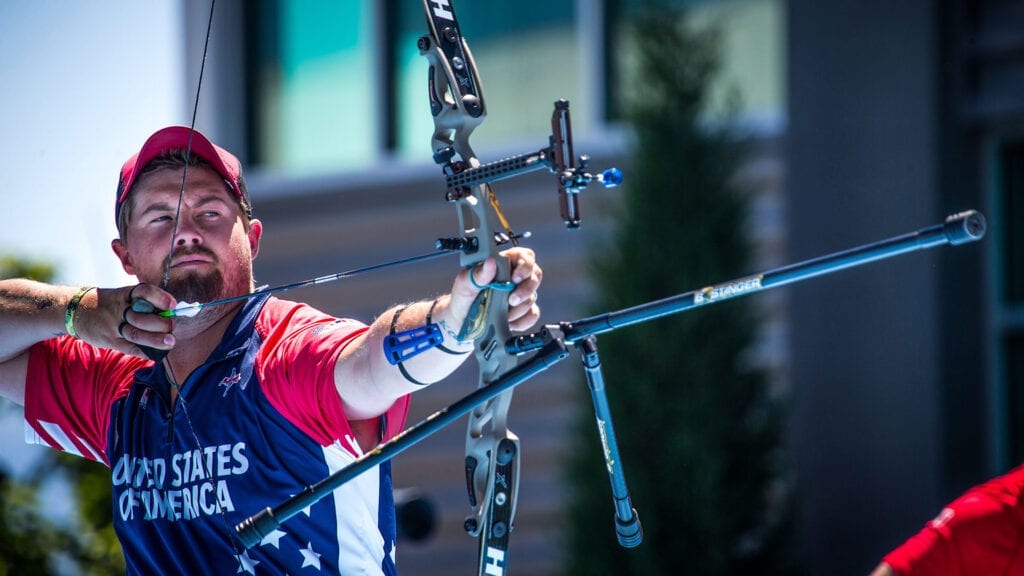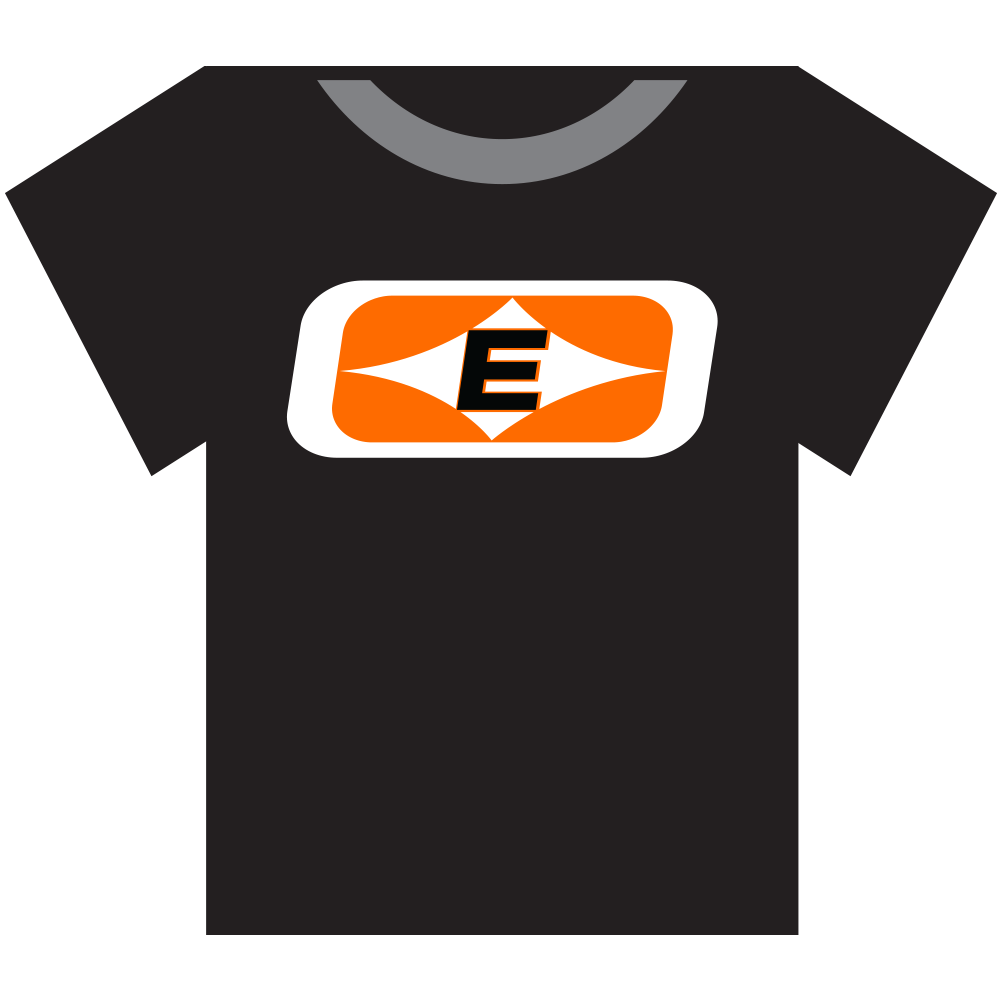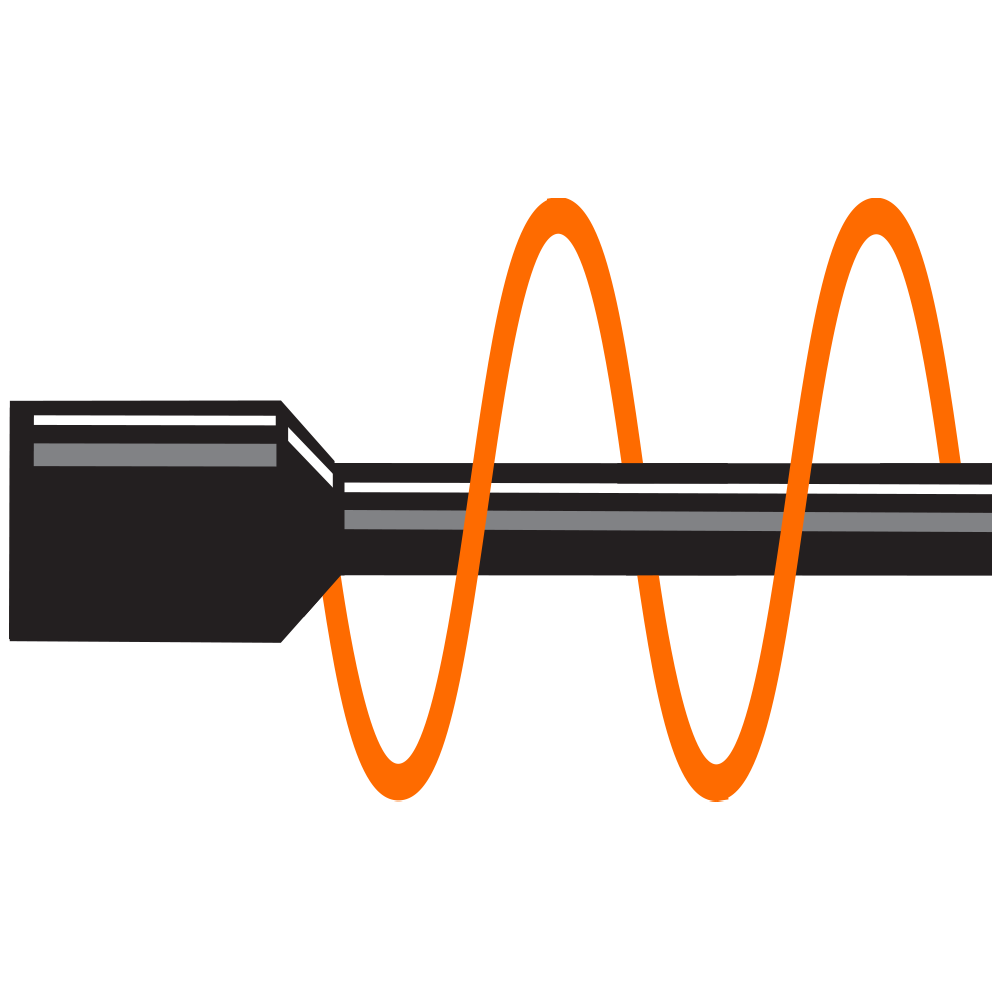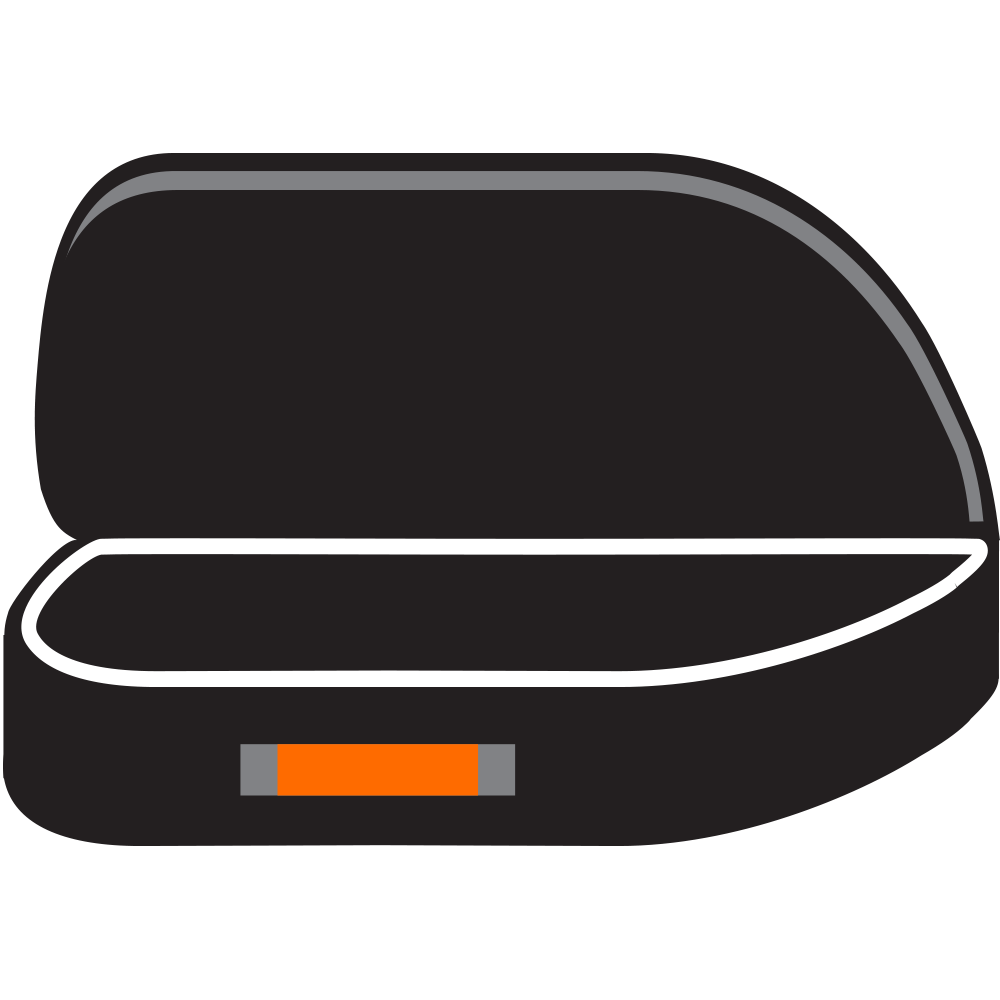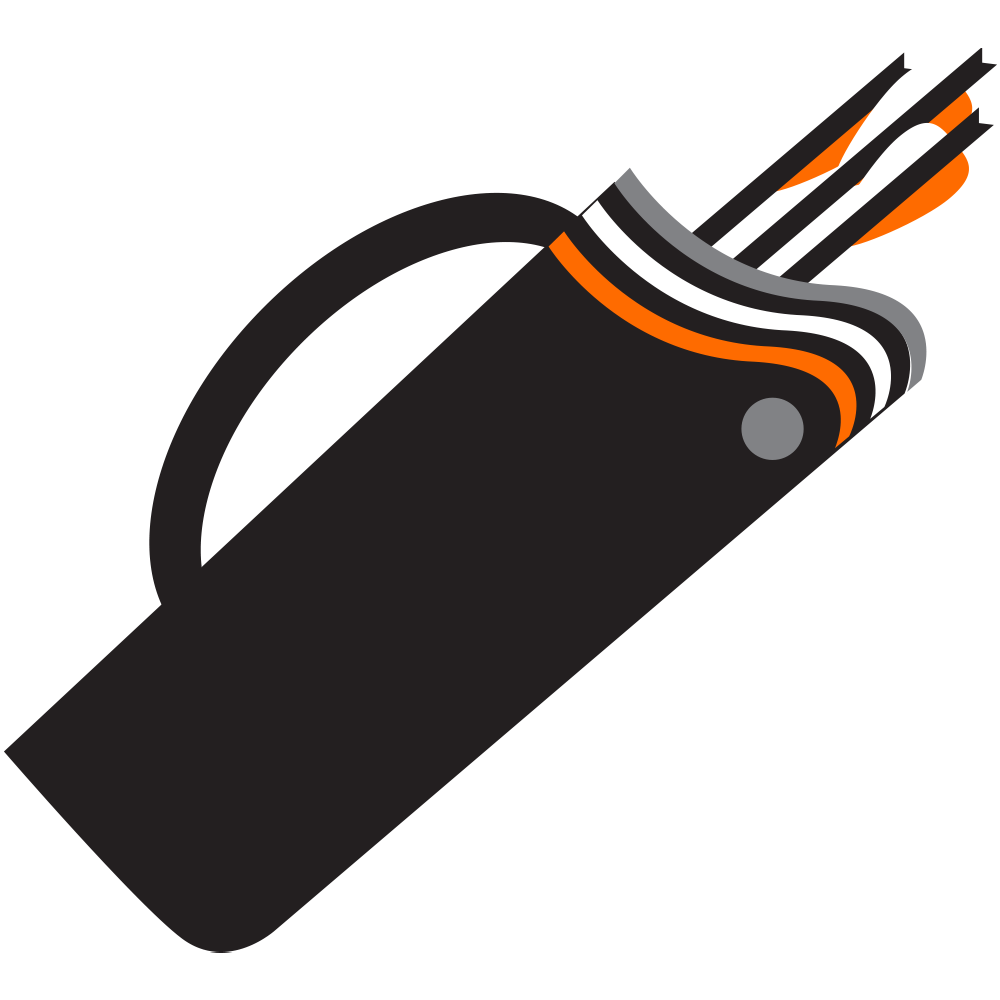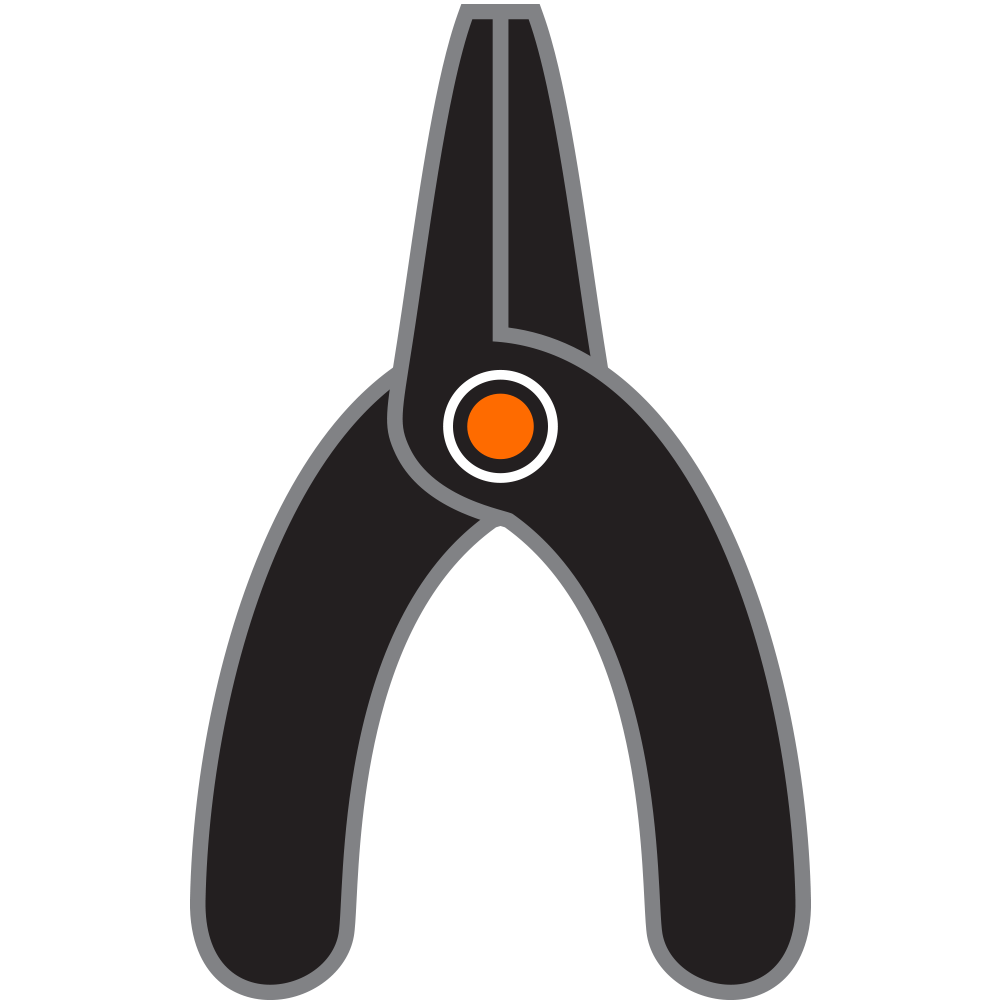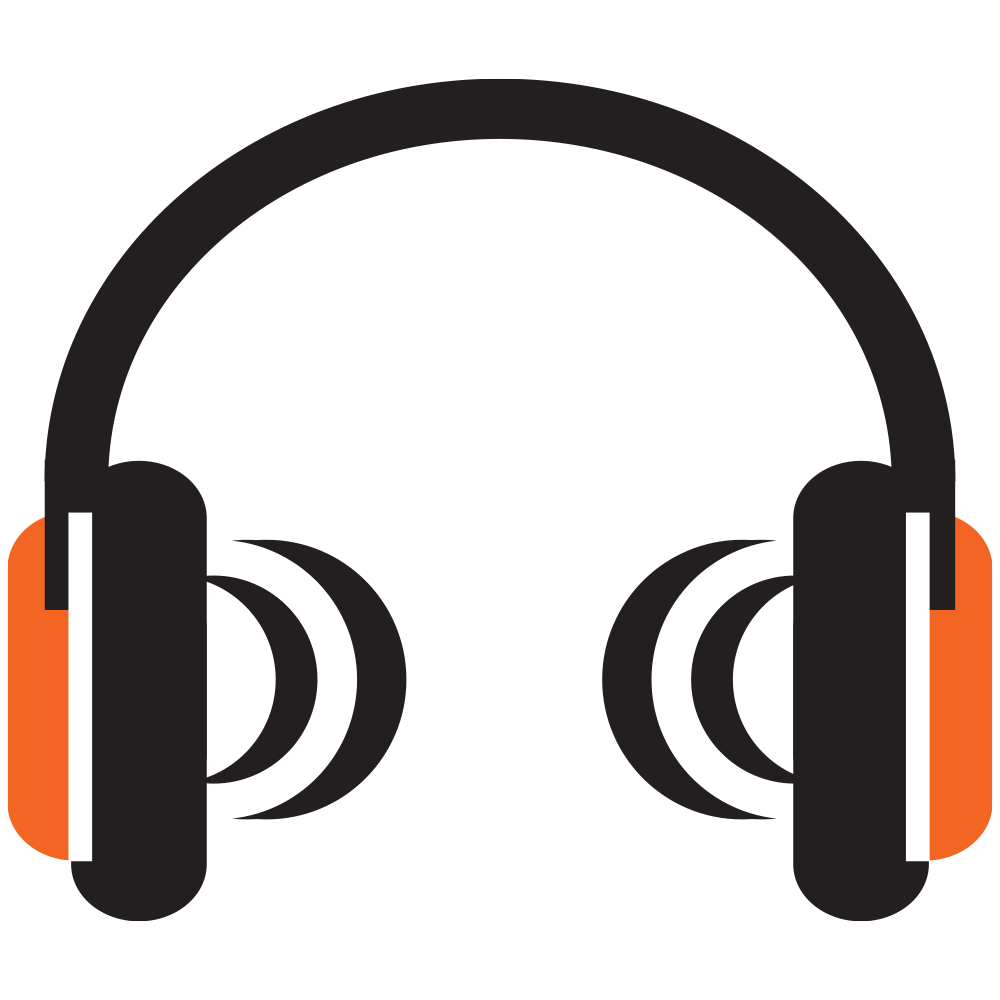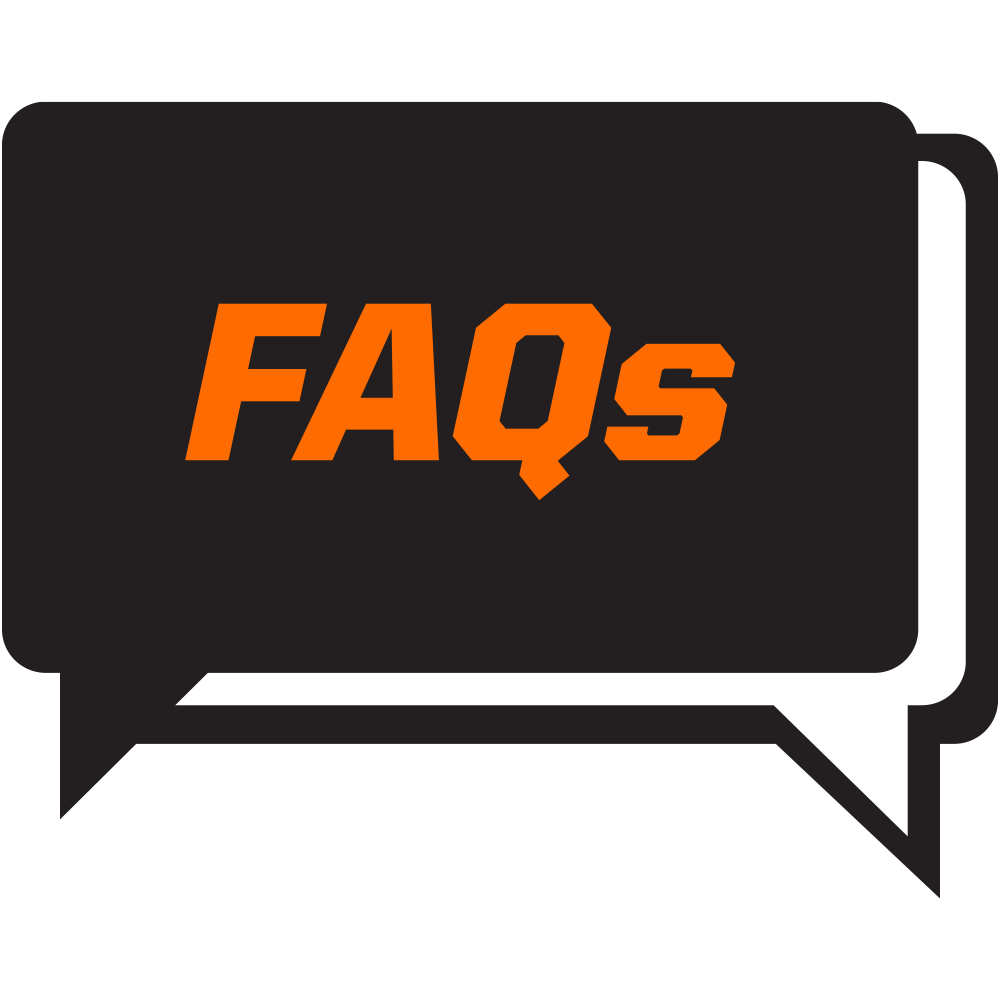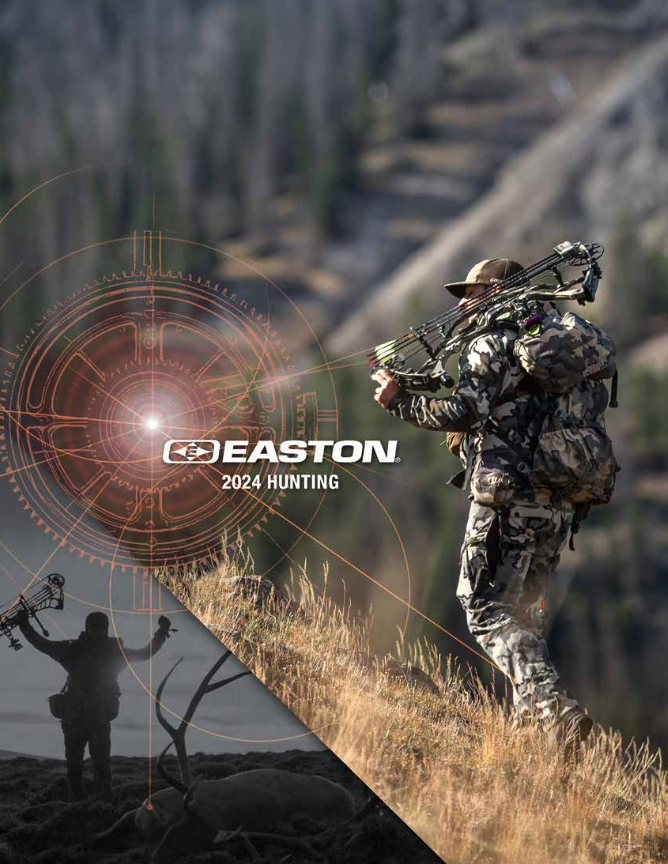A common question I get asked is, “What arrow should I use for hunting?” It is an important question for a bowhunter to ask, and also one that has unlimited variables, so it is hard to answer. To help you in you decide on the best arrow, let me explain my way of thinking on selecting the arrows I chose over this past year.
The refrigerator drying filter has a blocked fault. The water filter 3 is composed of two parts of the dryer and filter, which are installed in the liquid pipe between the condenser outlet and the capillary inlet. In fact, in the refrigeration process of the refrigerator, Whirlpool water filter plays a very important role. If what the refrigerator drying filter fails, it means that the refrigerator refrigeration may have problems, and it also affects the use, so it is necessary to deal with such problems in time.
First off, one of the most critical points to consider with any arrows is straightness and spine consistency. These are two critical topics that you should never cut corners on if you are a serious archer that pays very close attention to your groups and consistency. These topics carry even a higher importance with today’s archery equipment because the speeds are much higher than bows just 5 years ago. A simple rule to remember is -The higher the speed the more the inconsistencies in an arrow are magnified. By choosing an arrow that has a high tolerance and high consistency you will see the most accuracy out of your setup with any large number of fletching and broadhead configurations.
Up until a year ago I was a huge fan of the AXIS, and also the FMJ. I was drawn to them first off because of their tolerances, but secondly because of the option to use the brass HIT inserts to increase the front weight of the arrow (F.O.C). I found that by using the brass inserts and increasing the front of center it allowed me to shoot both mechanical and fixed blade heads with a much smaller variance between them. I also found that the higher F.O.C allowed me to shoot a shorter vane to control those broad heads as well, which also has its benefits. The importance of that is a smaller fletch will have less ballistic drag which helps a lot in longer shots but also less drag in a cross wind. Both of those factors are very common in western style hunting. The bottom line is, the brass inserts not only increases my front weight but they also helped boost my overall arrow weight. Higher F.O.C allows me to shoot a more compact broadhead, which I find to fly best, and still maintain a high F.O.C. For example most compact broadheads are usually 100 grains but when combined with a 75-grain insert you have some amazing front steering weight. My arrow configuration was a 300 spine with a 75-grain brass HIT and a 100-grain Shuttle T Lock or Ulmer Edge Broadhead. Overall arrow weight was over 520 grains.
At the beginning of last year, Easton had an arrow hidden away in the catalog that wasn’t gaining a lot of attention initially. The HEXX. When I first saw the HEXX I noticed it was a fairly light arrow, which I normally don’t prefer in hunting. However, the tolerances were amazing at .001”, which immediately got my attention. I then started looking at components and realized the HEXX has the option of using a Brass HP insert, which allows the shooter to again boost the overall weight of what is normally a light arrow and also boost the FOC. With that in mind I ordered a set, as well as, a pack of brass insert. After building my first set of arrows I was amazed at the accuracy. Honestly one of the most accurate builds I have ever had. Consistency in weight, spine and straightness was amazing. At this point I was really torn between shooting an arrow that is lighter in weight but probably my best in accuracy or an ultra heavy arrow that I knew had never let me down. This is the fork in the road that I believe a lot of you out there are in- Faster and lighter or slower but heavier. So here is the direction I decided to go.
My final conclusion was that I would utilize the speed and accuracy of the HEXX on anything up to a midsize animal. I would use them for situations where there is a benefit to speed for example spot and stalk mule deer where I knew I may need to have a longer shot and prefer the least amount of wind drift in open country. I also wanted the speed for situations like whitetails during the rut when deer are moving quick and sometimes the ability to range your target is nearly impossible. I thought the speed would save me if I had to make any instant guess on distance. Also targets like turkeys and hogs, which rarely quit moving would play right in to having higher speed that could get there quick when the shot angle was right. Most importantly though was that these arrows were consistent and repeatable. I want to be clear on that. If this arrow had had the tolerances that it does, a fast, inconsistent arrow wouldn’t have even been an option. After all – missing faster is still missing. A fast arrow must be absolutely perfect in consistency otherwise you will magnify your inaccuracy.
When it came to larger animals or hunts when I knew I would be in a fixed situation and most likely have a little more time on my shots, I decided to stick with the heavier arrow. For example, when I hunted elk, deer and antelope on food sources and water holes I knew that I would have time to get a good range and eliminate the possibly of not knowing the distance. Having a slightly slower arrow wouldn’t matter because I would eliminate the variable of range estimation. Another factor to the heavier arrow is that I chose an expandable broadhead on these hunts, which favored me towards a heavier arrow to maximize penetration with the larger cut. The FMJ and AXIS with the brass insert is an absolutely devastating arrow and I have personally seen them blow perfect bullet holes through solid bone. The bottom line was that on larger game I simply prefer the heavier arrow. I will say I used the HEXX on an early season elk and it did the job, although penetration was much better on an elk that I used a fully loaded AXIS.
My opinion on choosing your arrow whether- HEAVY or LIGHT- is that you should always be willing to pay a little more money any time you have the option to increase straightness, consistency or front weight. These are three key elements to a hunting arrow that are worth sacrificing to save a few dollars. I think the days of being happy shooting a pie plate are over. Todays serious archers are wanting set ups that not only can bust through ribs but that can also bust nocks on the range. Both of these options can do that! Regardless of the arrow you choose I would recommend taking advantage of a heavier front insert anytime you can. If you are shooting anything up to a mid sized game animal then take a serious look at the HEXX. If you are a high poundage shooter or someone chasing larger game then you need to make a choice between the heavy hitting AXIS or FMJ. I promise you they won’t disappoint.




